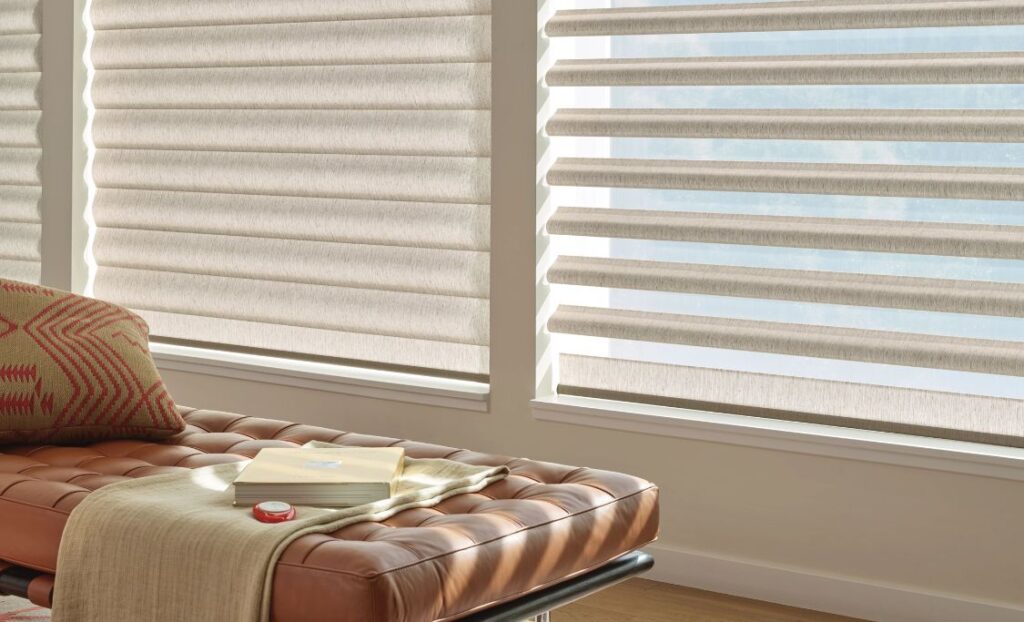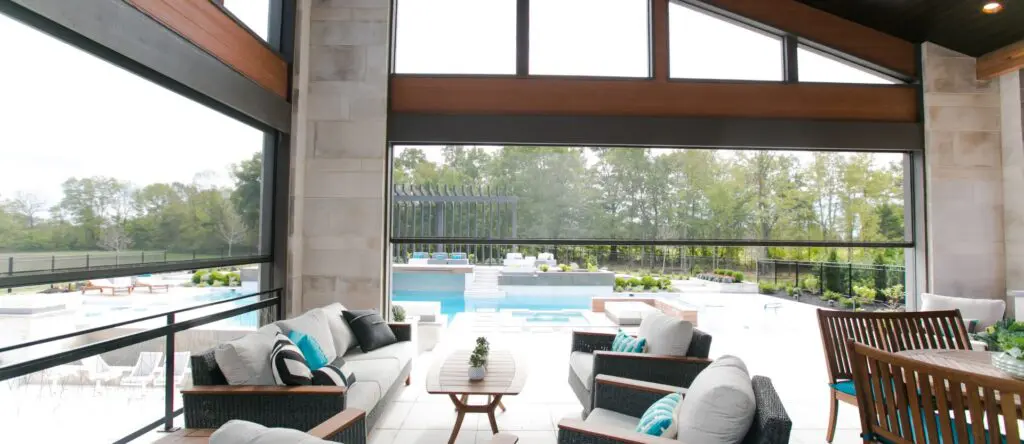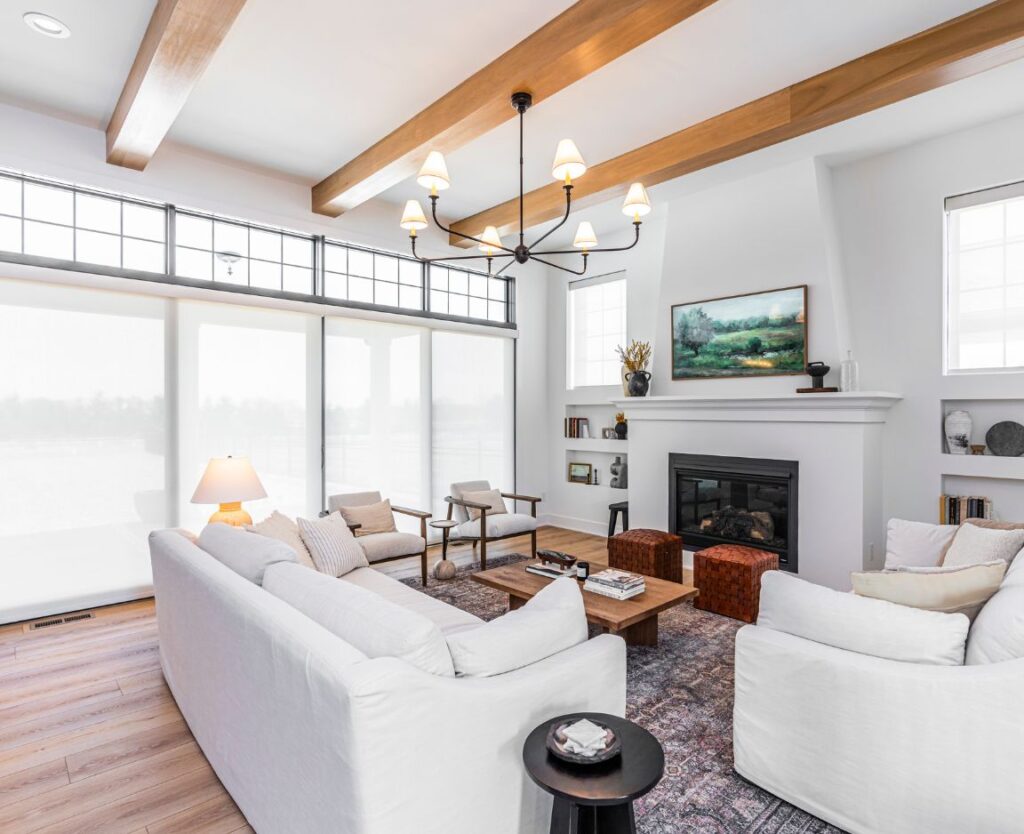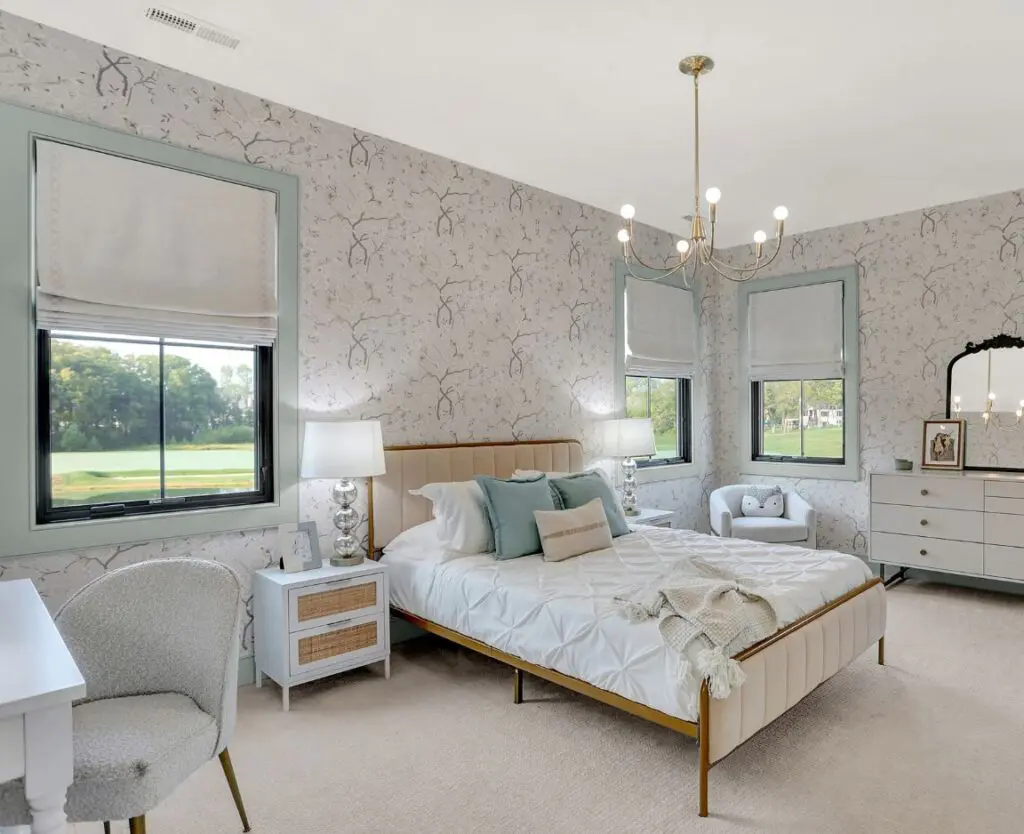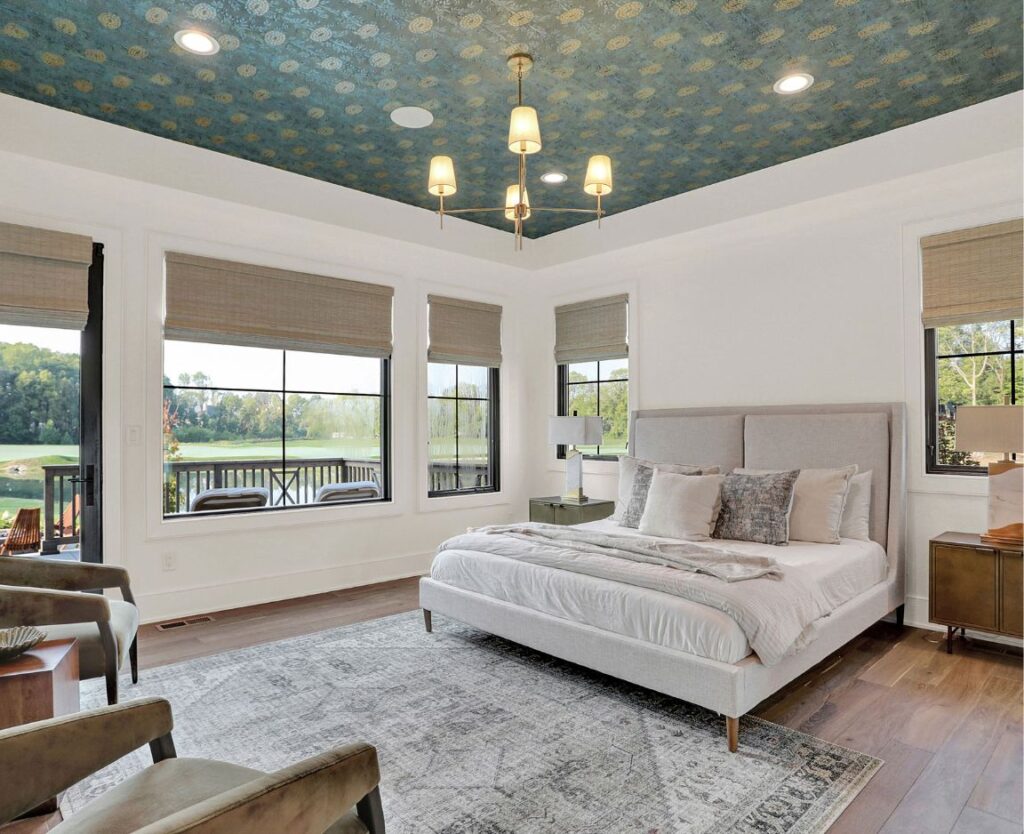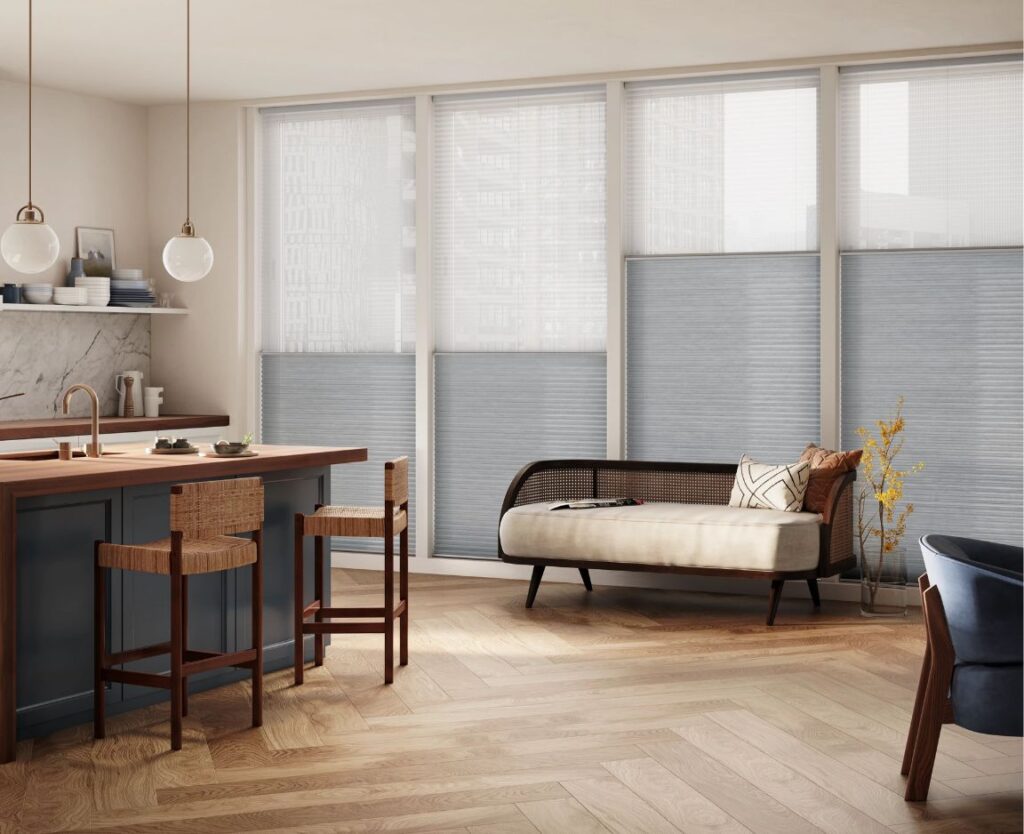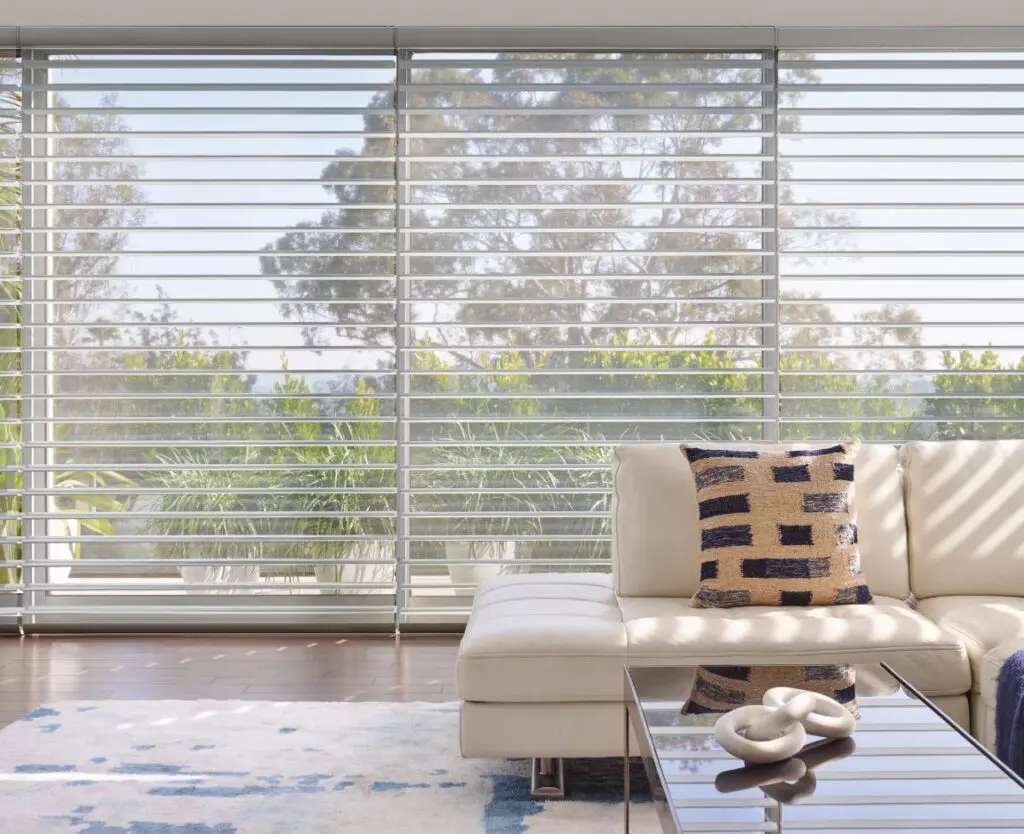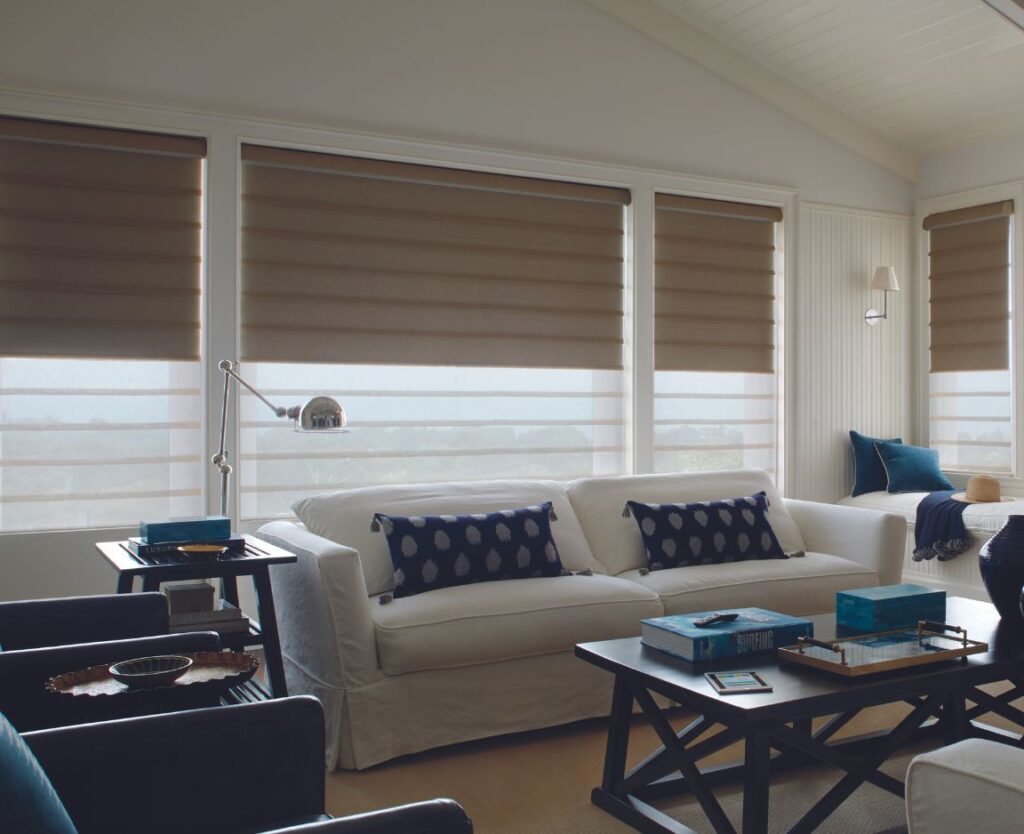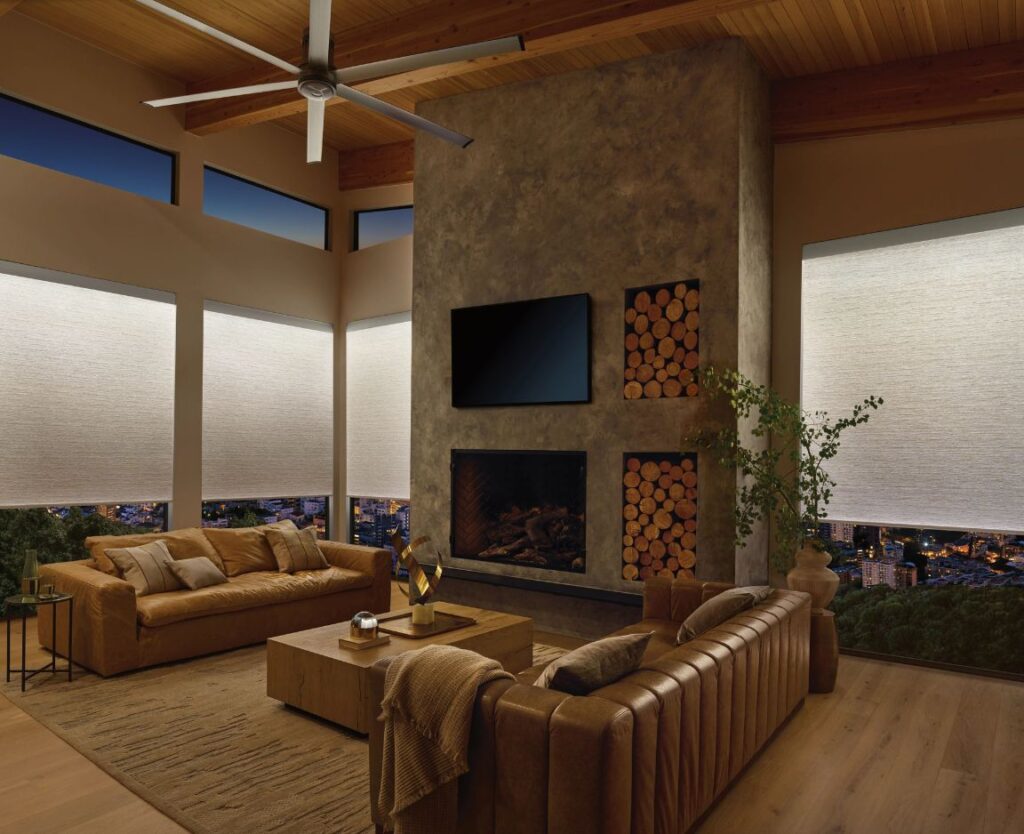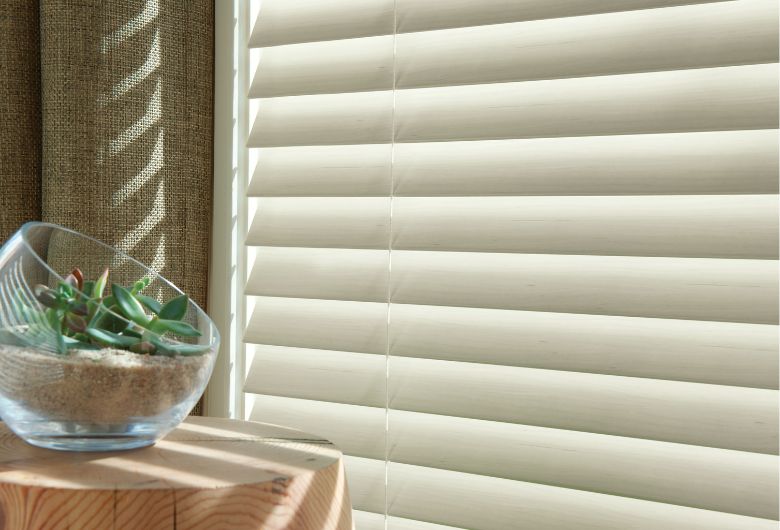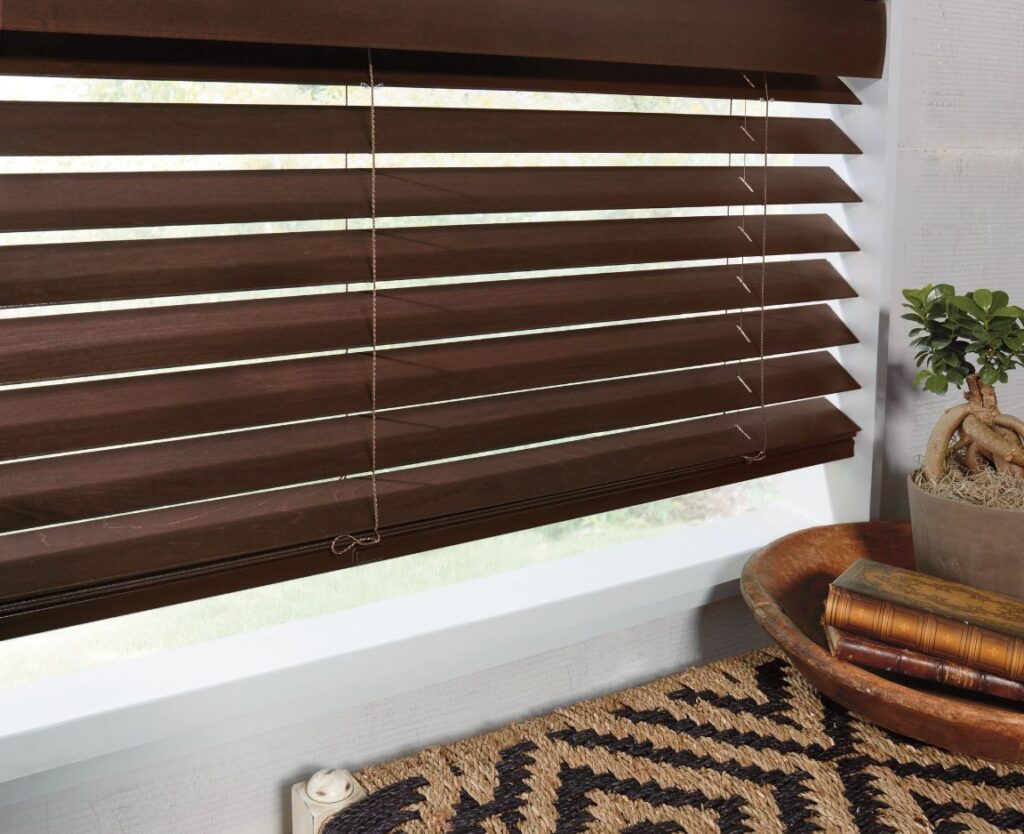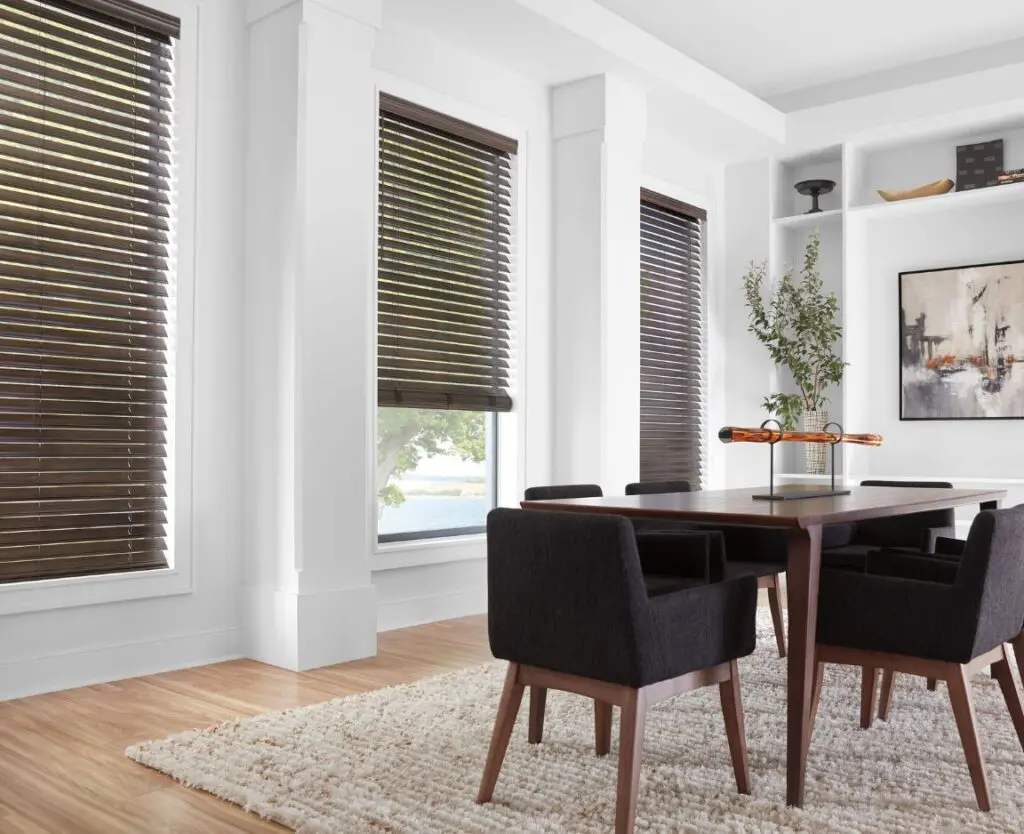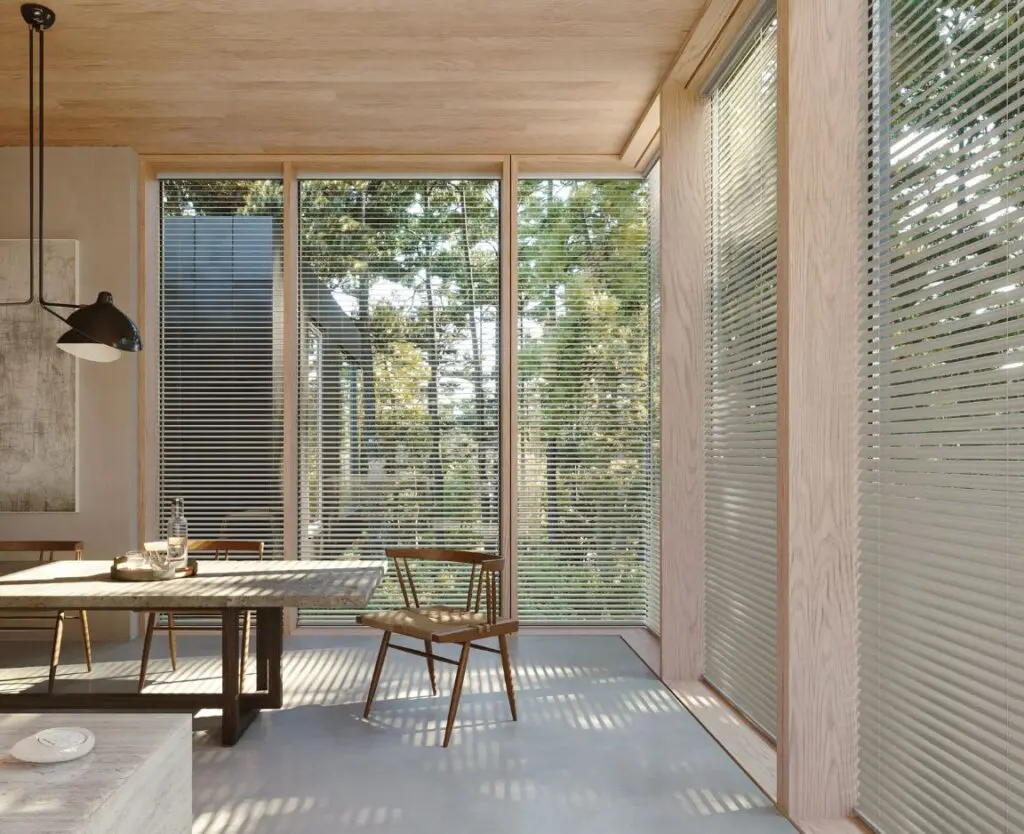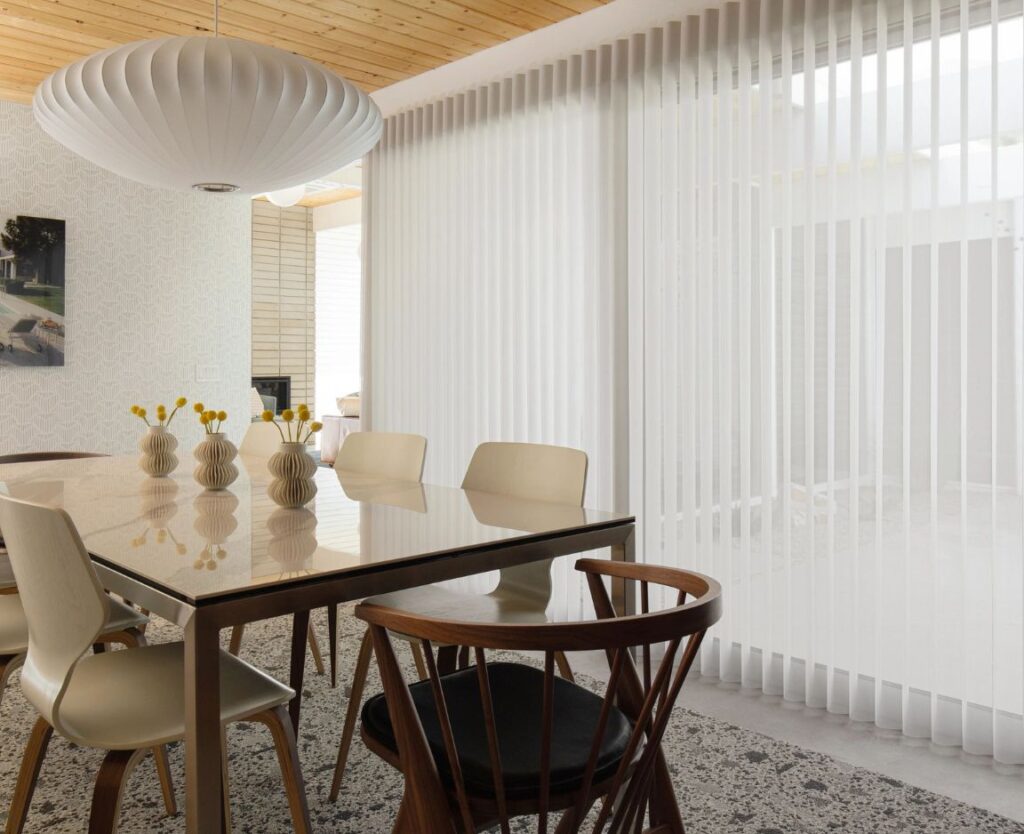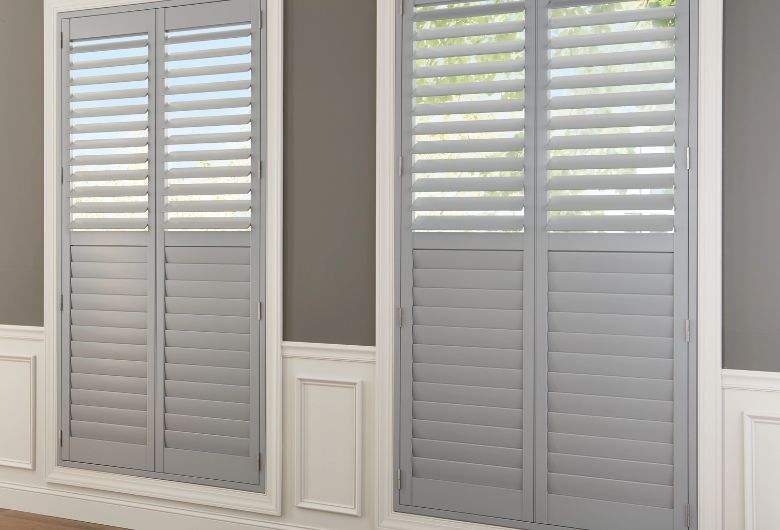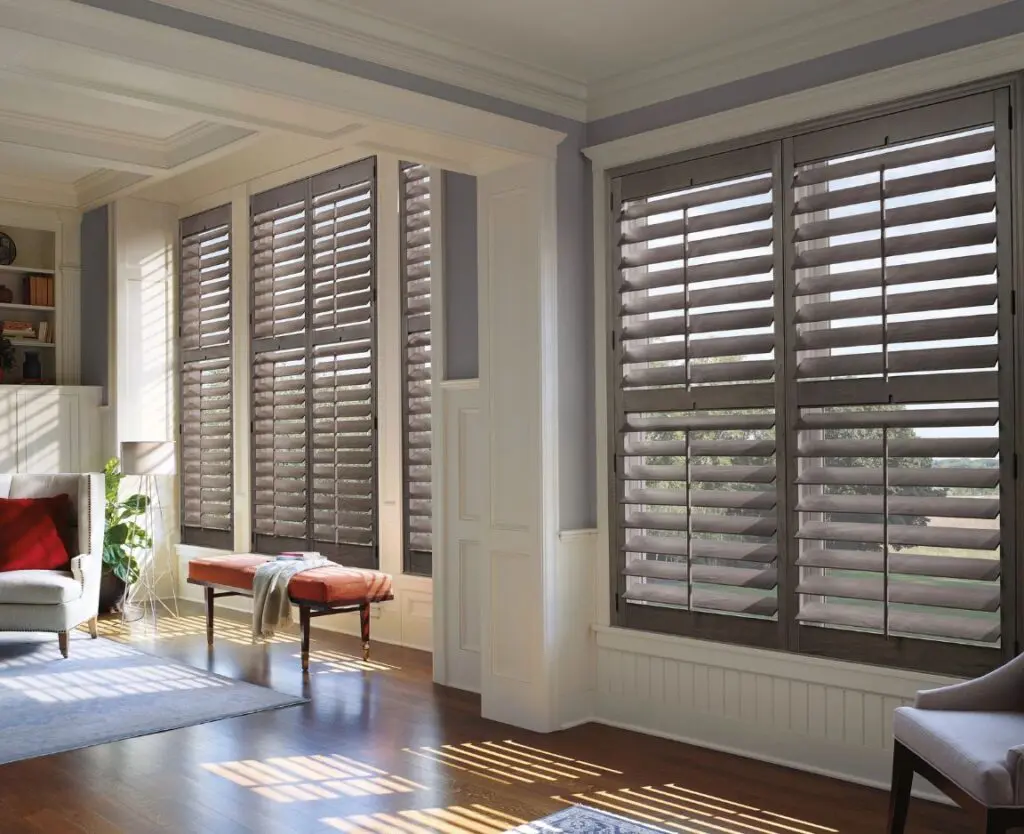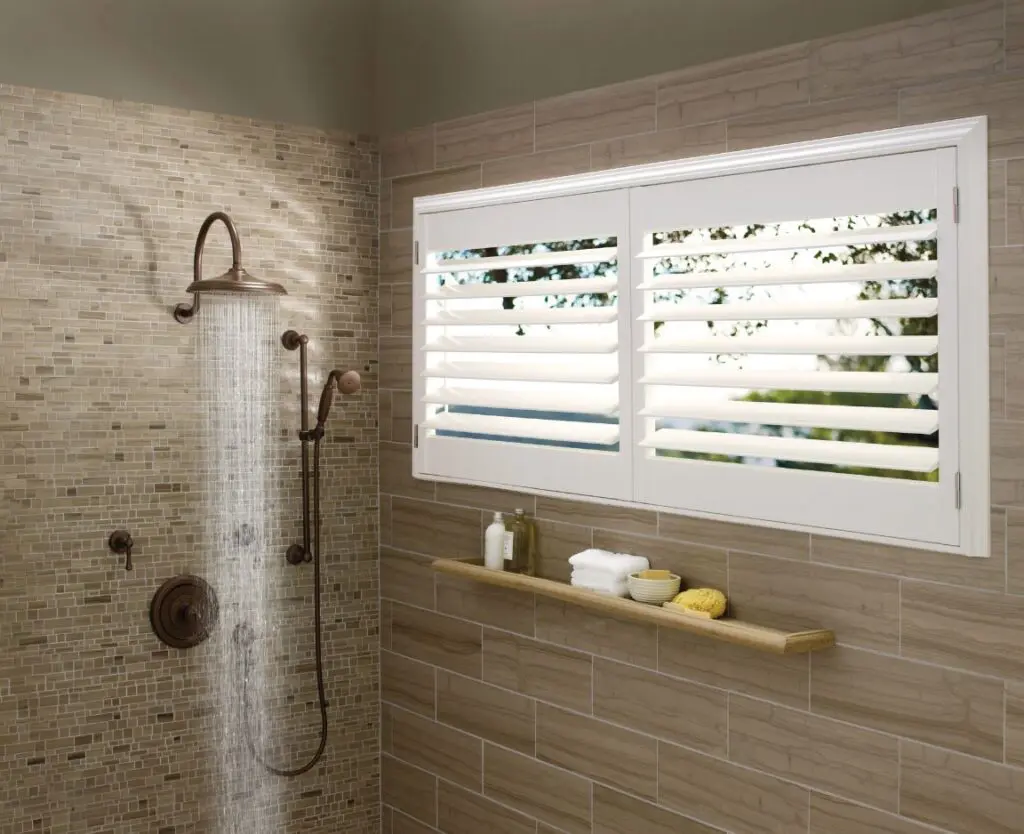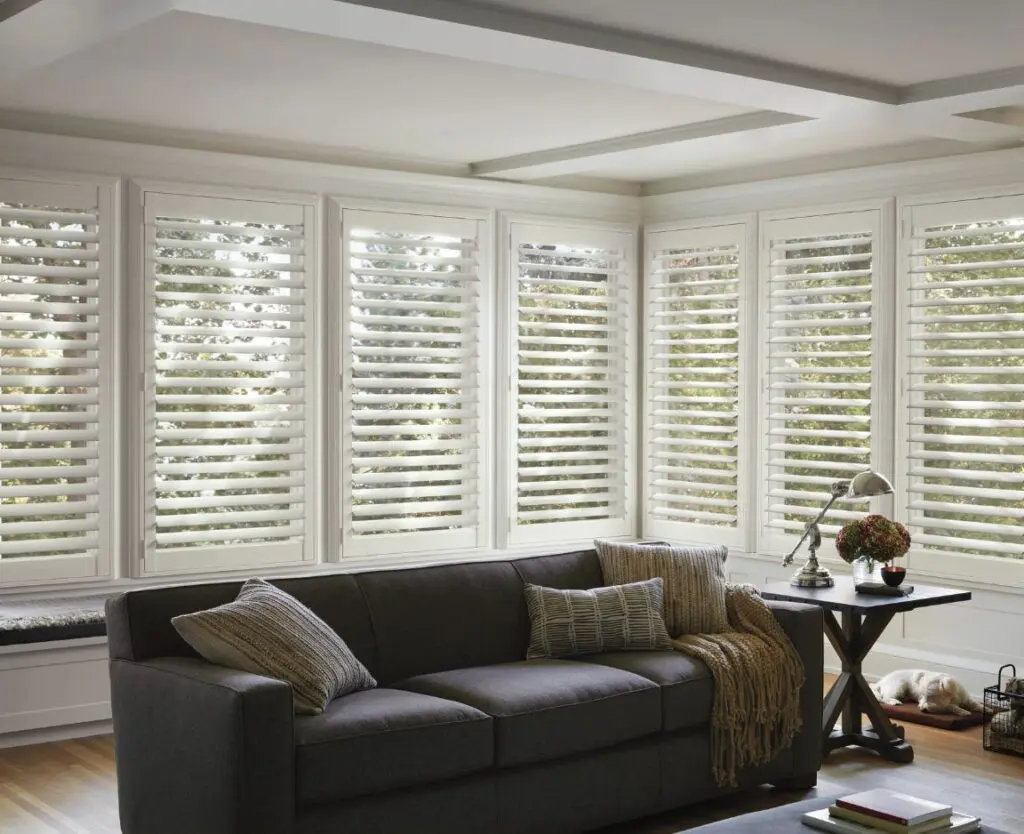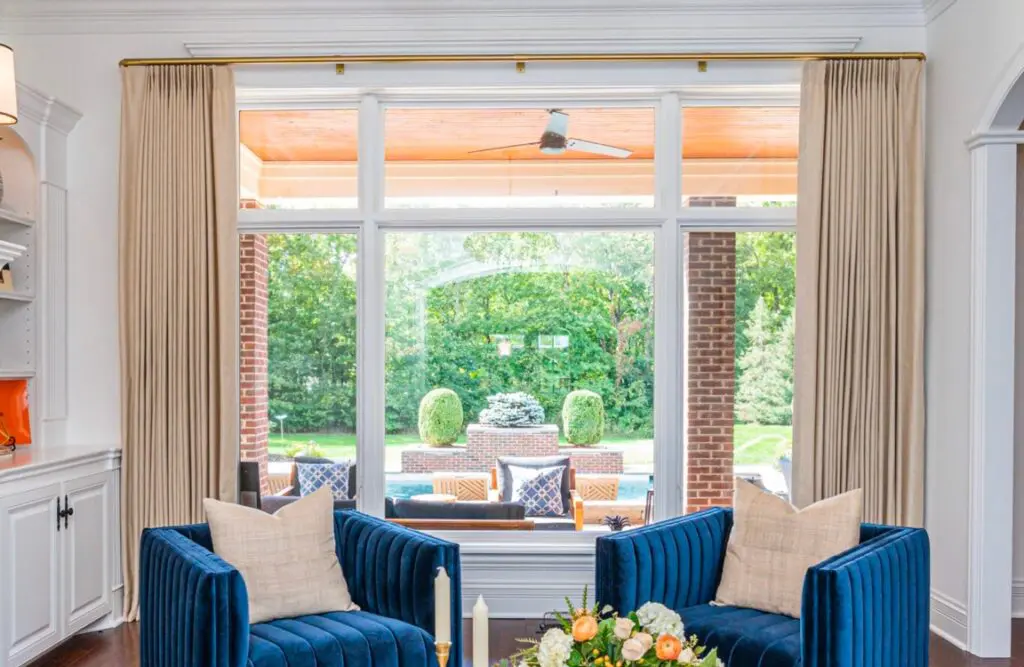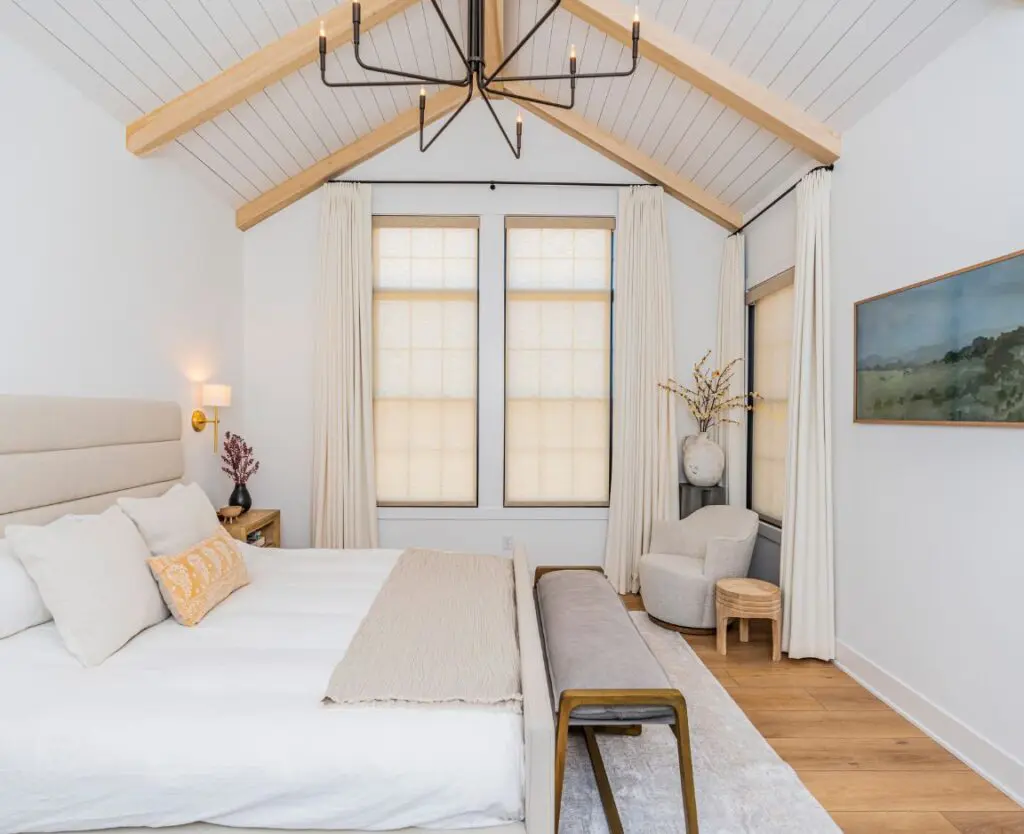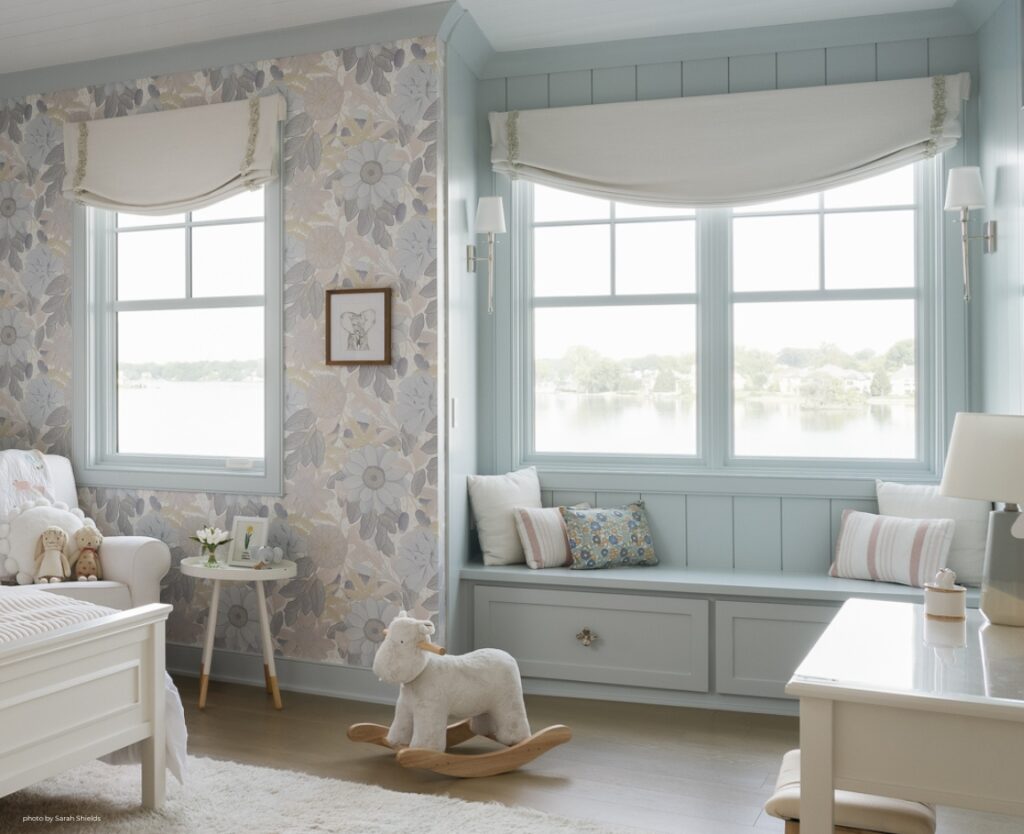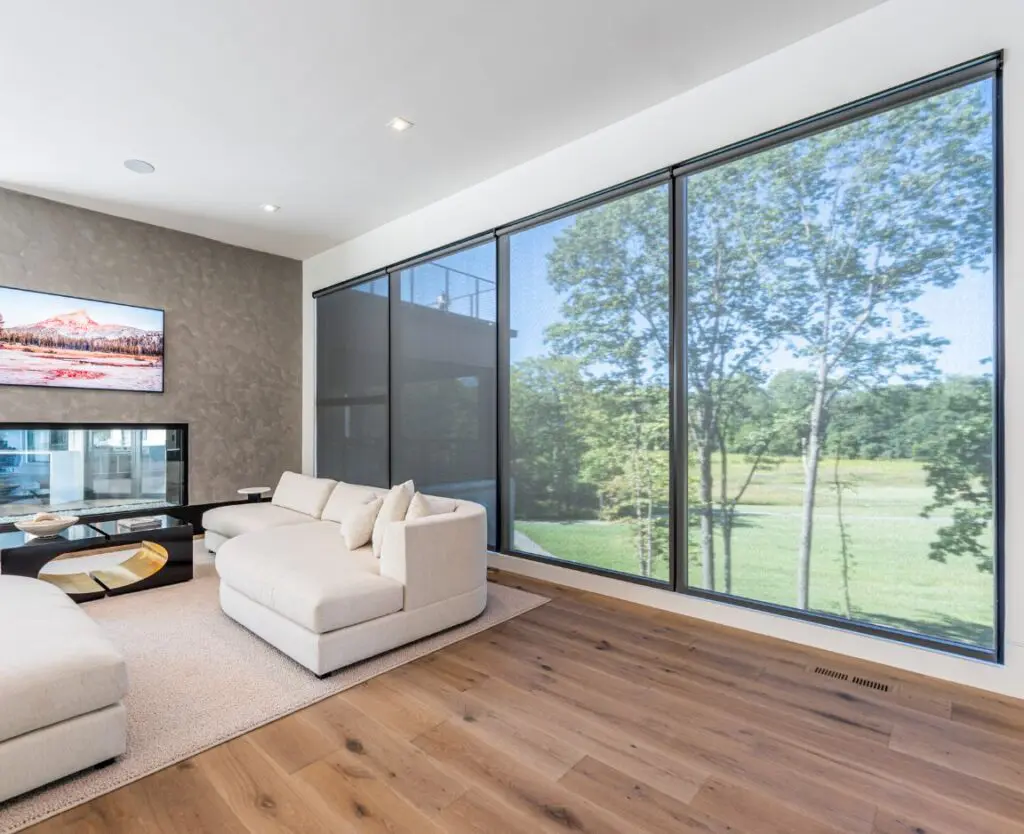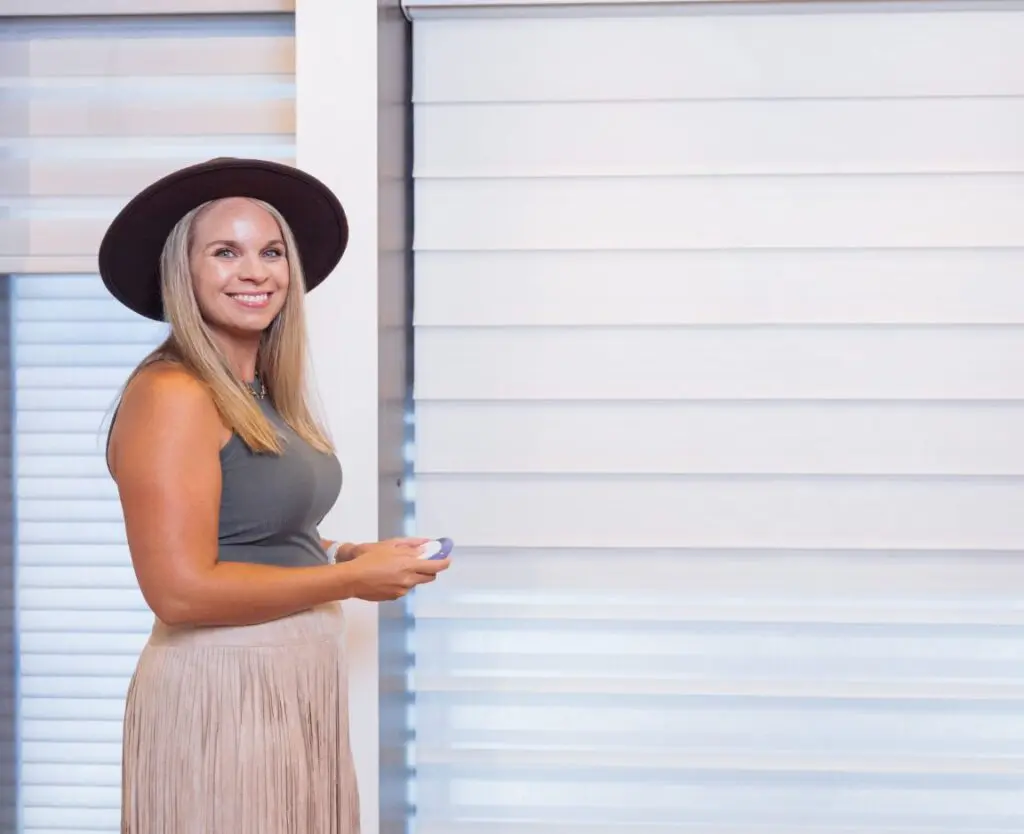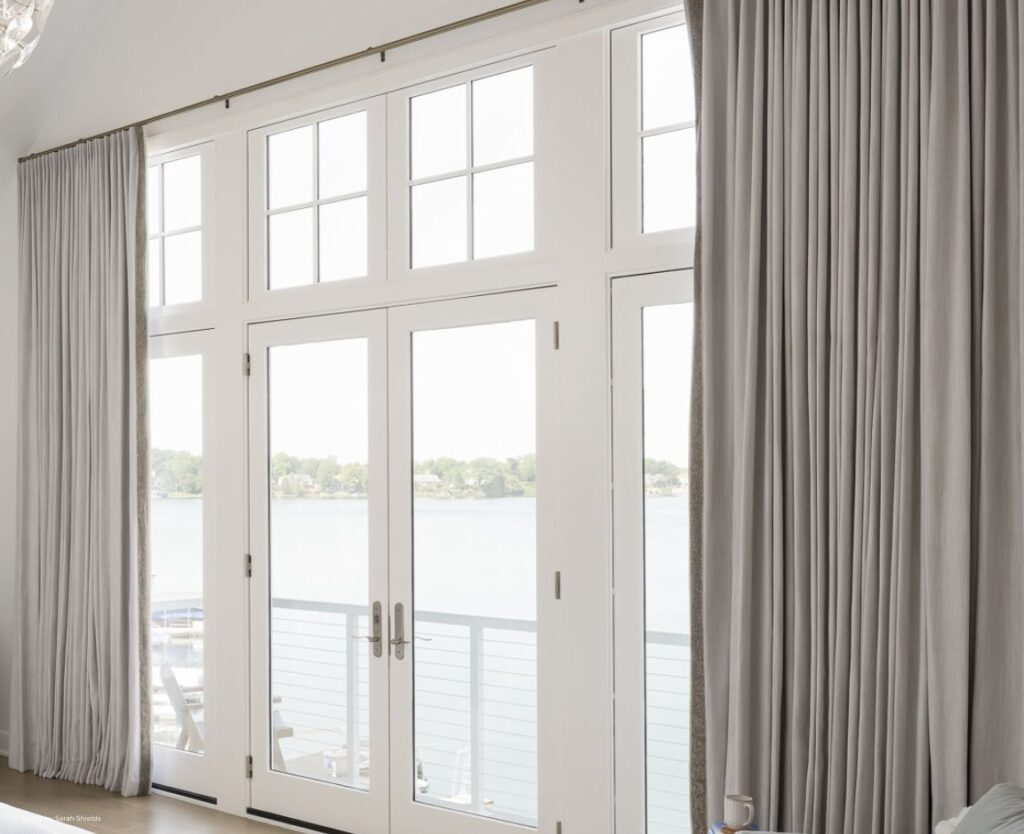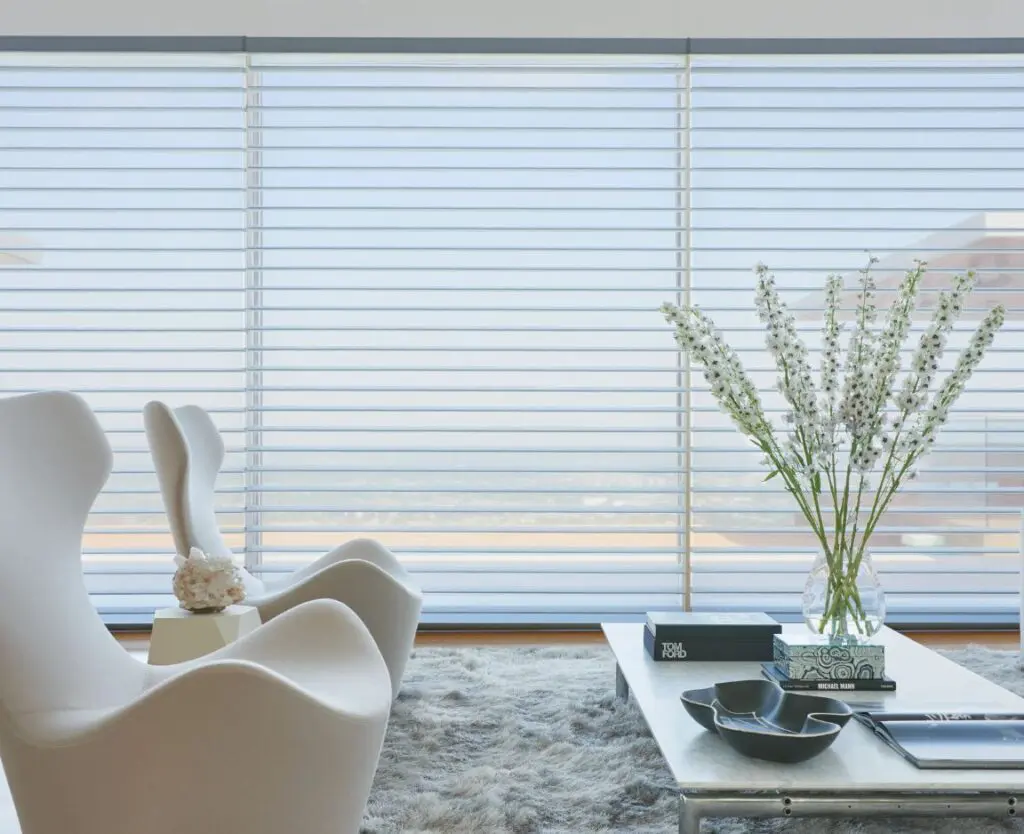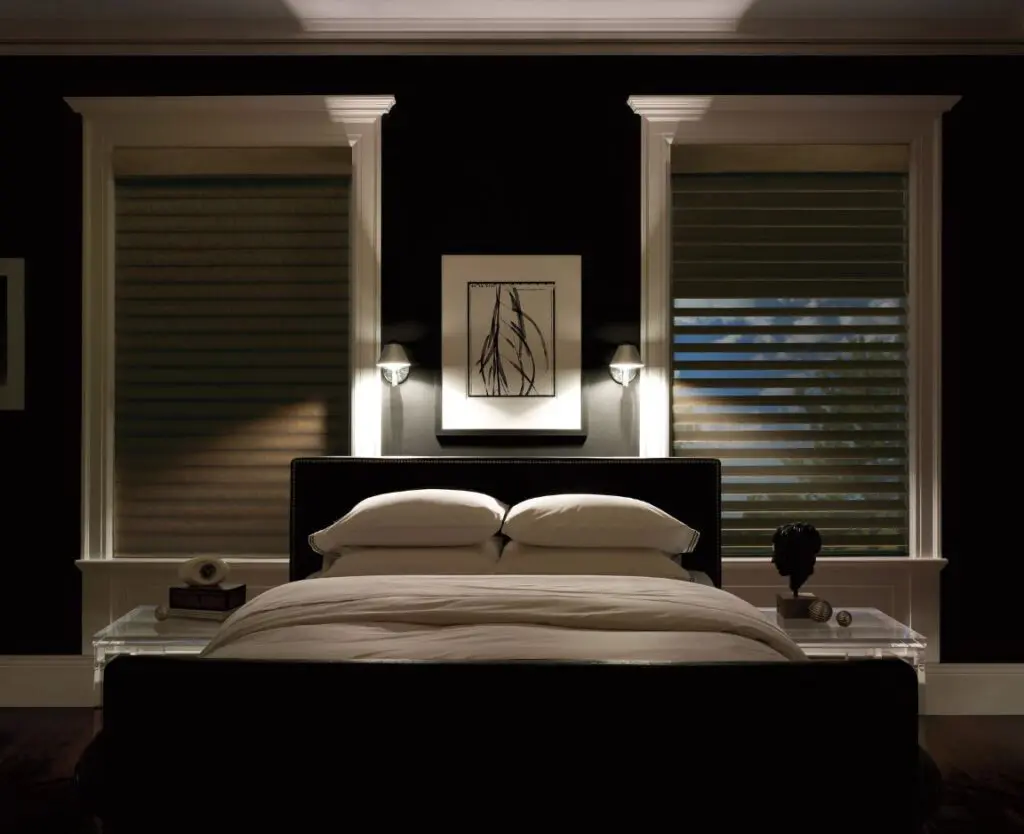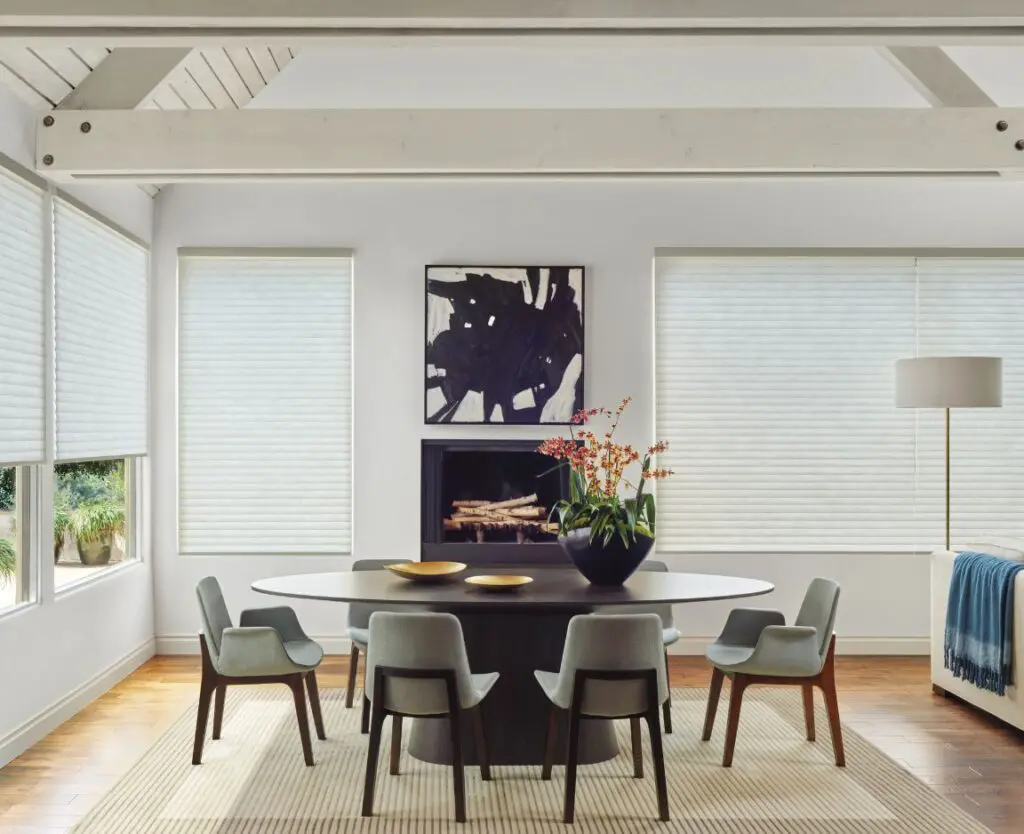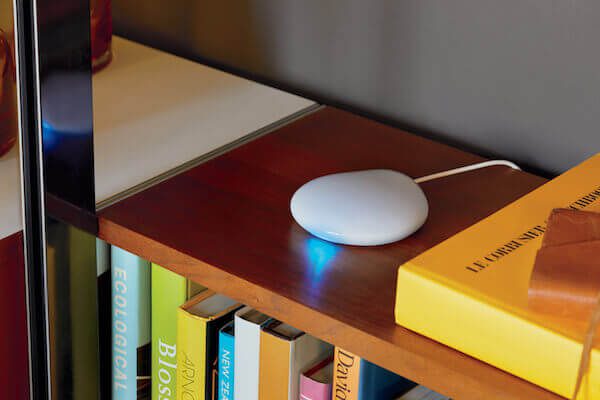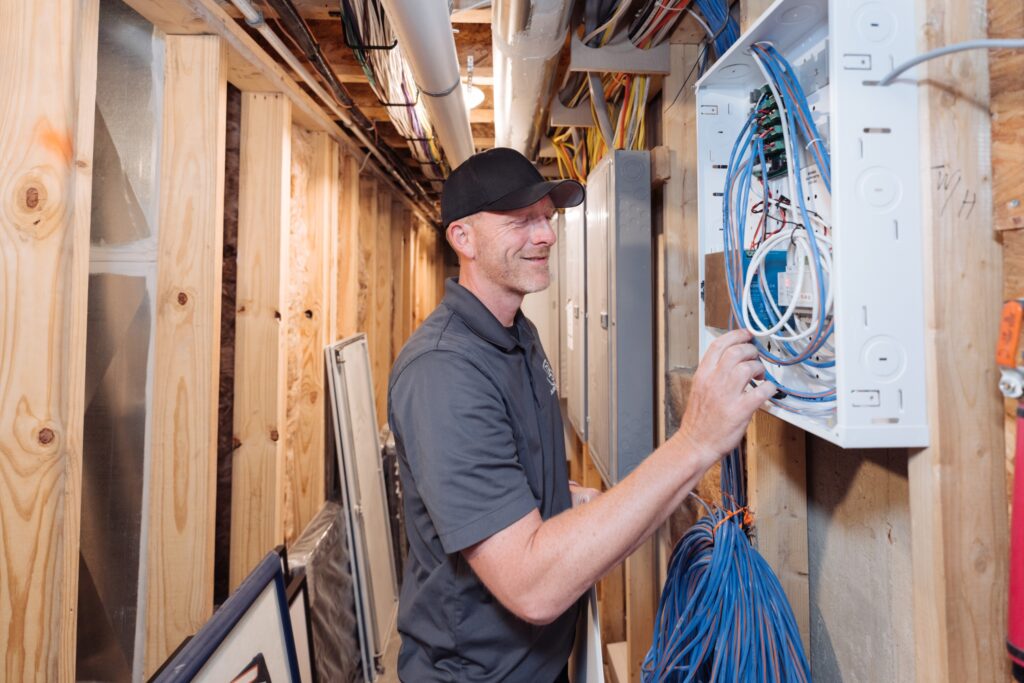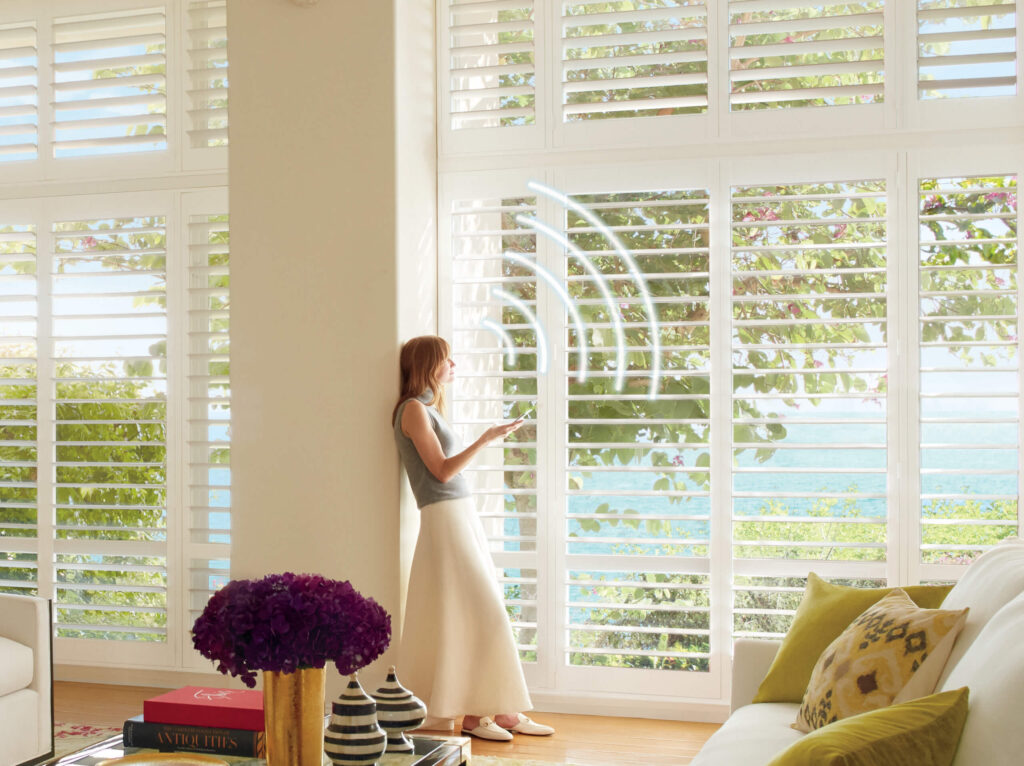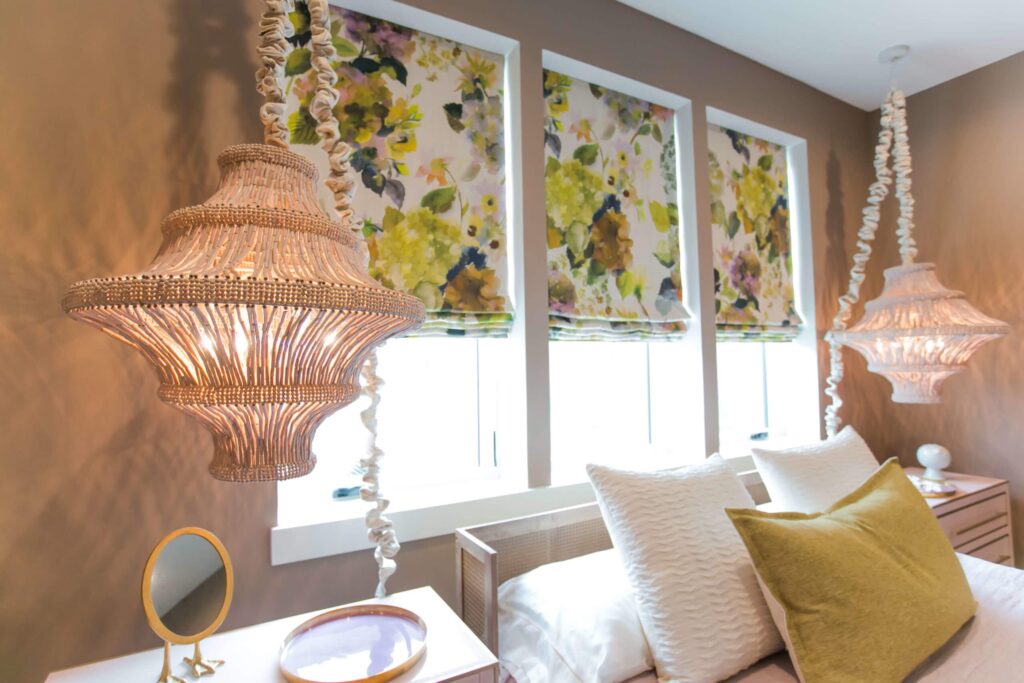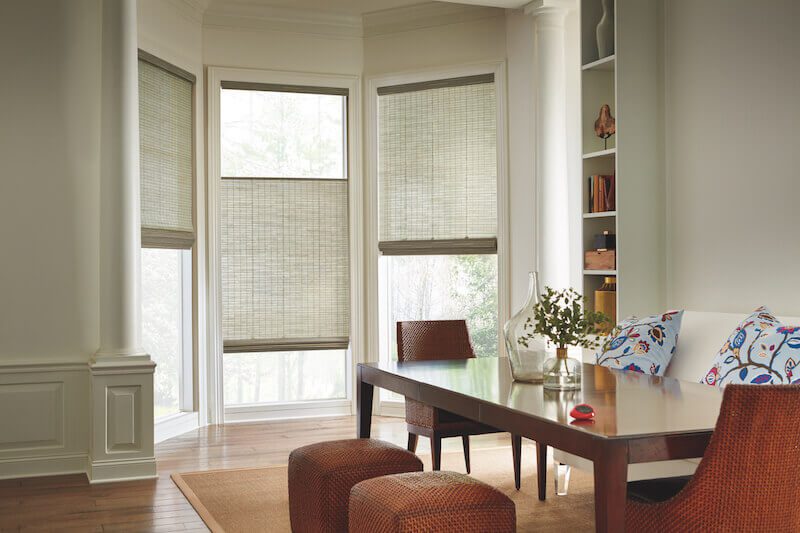“Automated” and “motorized” are often used interchangeably when referring to power blinds and shades. But these two terms actually have specific meanings and indicate different capabilities. It’s important to understand the differences so you are sure to get the features you want.
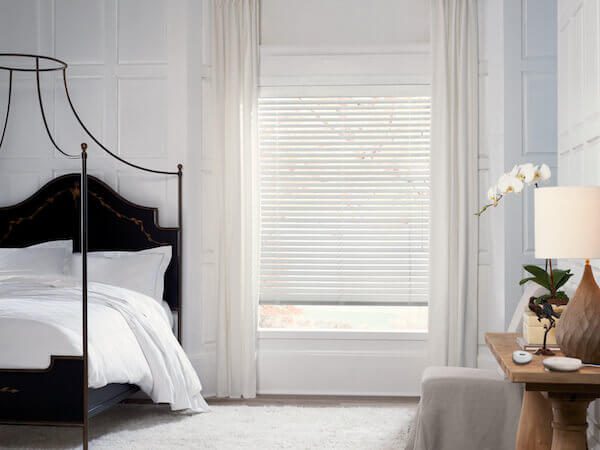
Motorized Window Treatments
“Motorized” window treatments simply indicates that the blinds or shades operate using a motor. The motor can be battery-operated or hard-wired. The treatments are operated using a remote control or a button on the shade itself.
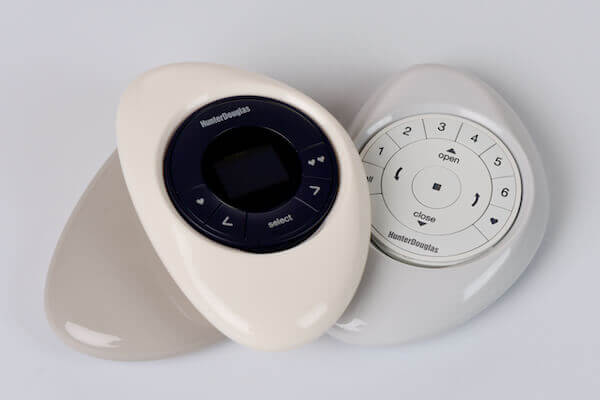
Automated Window Treatments
“Automated” window treatments also have motors that are either battery-operated or hard-wired, but they are also connected to a smart hub. This hub is connected to your home’s Wi-Fi router and communicates with your powered window treatments. The hub connection allows you to operate your window treatments with your smartphone or tablet. Automated window treatments can be integrated with your smart home system, including Amazon Alexa, Apple HomeKit, Nest, Savant, Control4 and others.
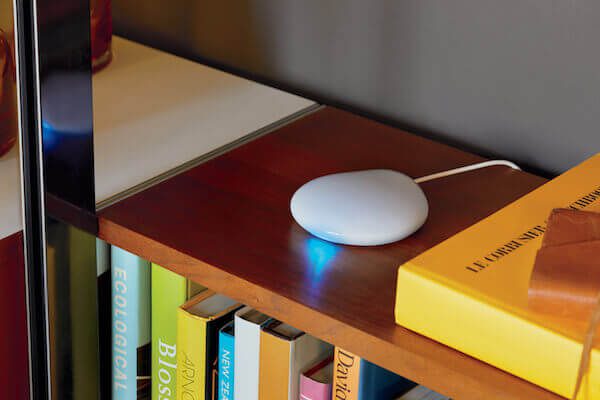
Most impressively, automated window treatments allow you to program them to operate under specified conditions or parameters. For example, you can set your window treatments to automatically open and close with the changing sunrise and sunset times. Or, your shades can be programmed to automatically lower when bright sun hits the windows to control glare and UV rays. Frequent travelers may decide to program their automated blinds to open and close at different times of the day to give the appearance that someone is home. Blinds can also be programmed to adjust when your smart thermostat senses you are away to maximize their energy efficiency. The possibilities are plentiful!
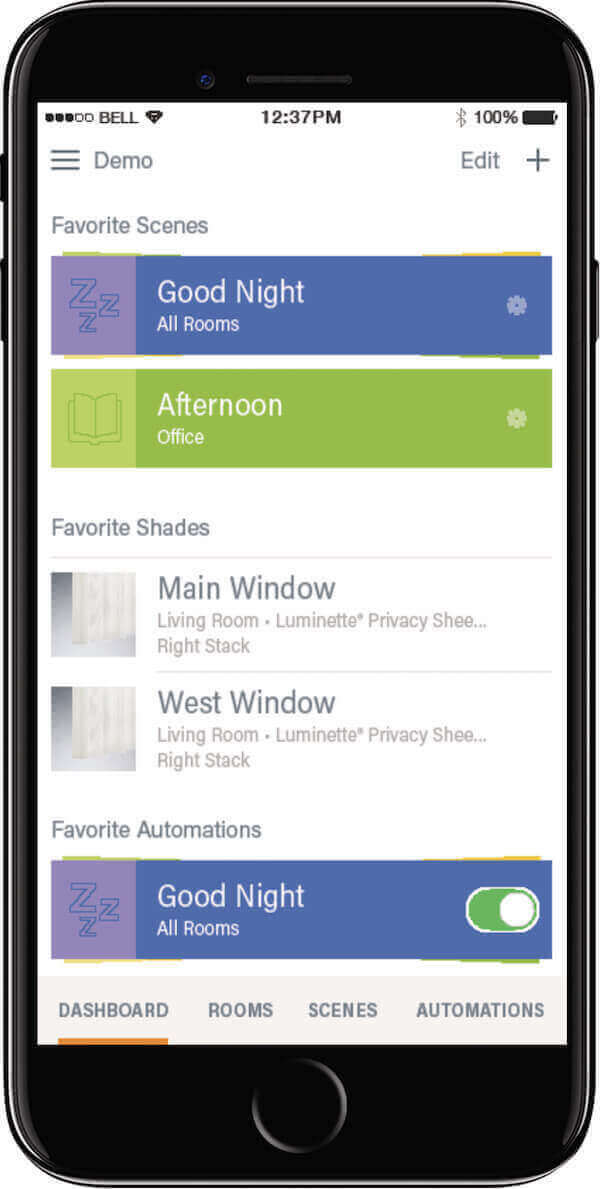
Motorized or Automated: Which Is Right For Me?
If you love smart home technology and already have or are planning to get a smart home system, automated window treatments are a no-brainer. They will give you much more control with less effort. The addition of the hub provides much more functionality without a lot of additional costs.
If smart home technology is not important to you but you’d like to operate your window treatments with a touch of a button, consider motorizing your treatments. This is a great option if you have one or two hard to reach windows.
An important point to note is that wireless automation is only as good as your Wi-Fi. If you have a weak Wi-Fi signal in your home, you will need to upgrade your Wi-Fi system for maximum performance.
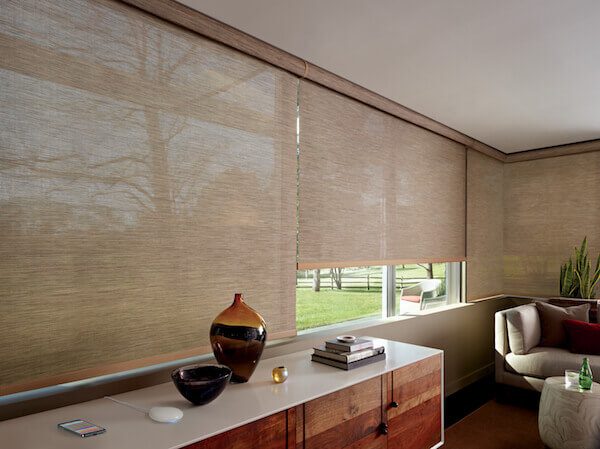
I’ve Made My Decision… Now What?
Let our designers help you choose the right window treatments to motorize or automate. Power can be added to most types of treatments, including 19 different Hunter Douglas products in a wide variety of styles, textiles, and finishes. Work with experts who know technology and design. You would never ask your electrician pick out your chandelier, why let a tech company pick out your window treatments? Don’t settle for function over design when you can have both!
Other shade companies ship you a hub and wish you luck. At Drapery Street, our experienced installers install your treatments and set up everything for you — similarly to buying a computer and having a pro set it up for you. Before we leave, we’ll provide a quick training session to get your fully comfortable with your operating system. And if you ever have a question or issues, we’re just a phone call away!

